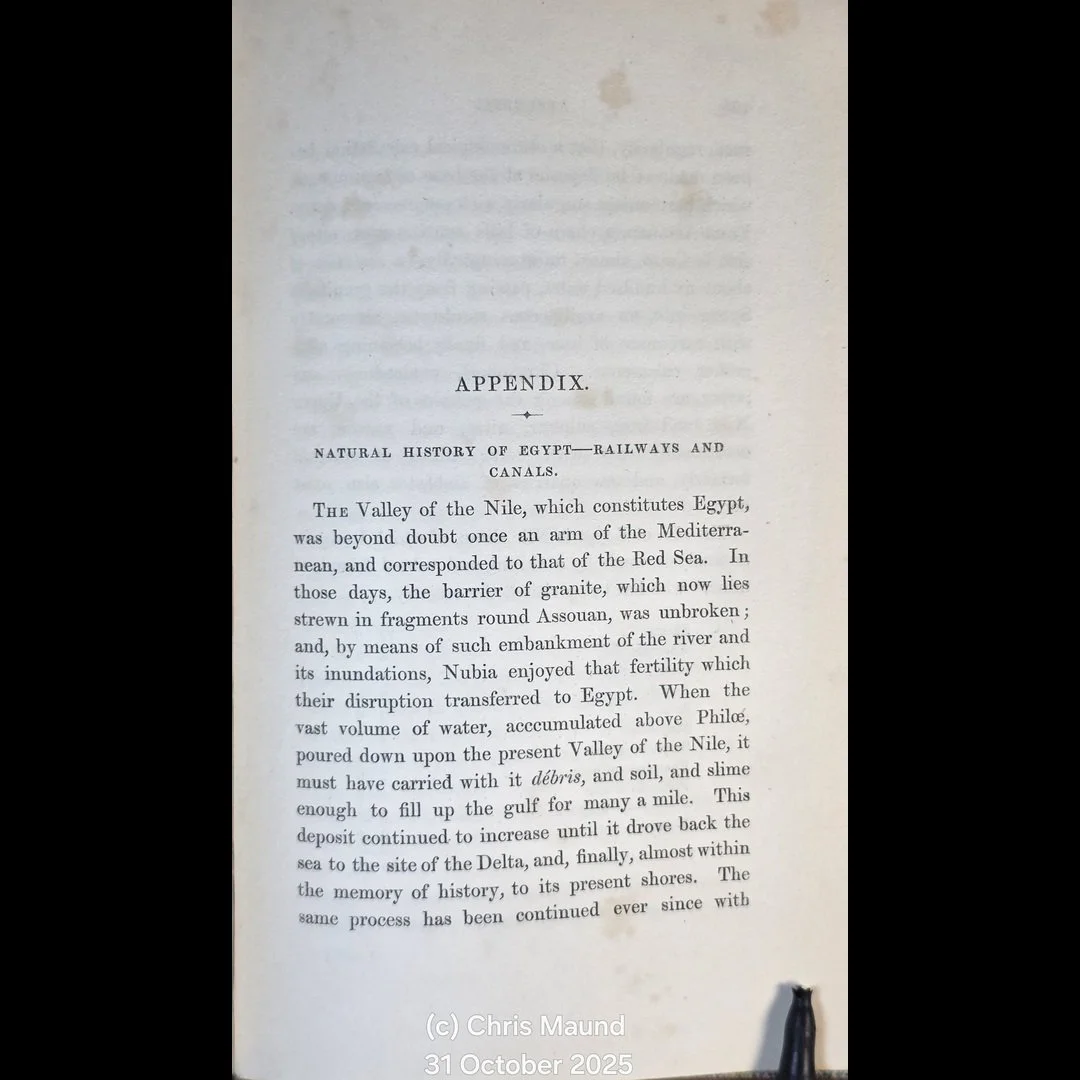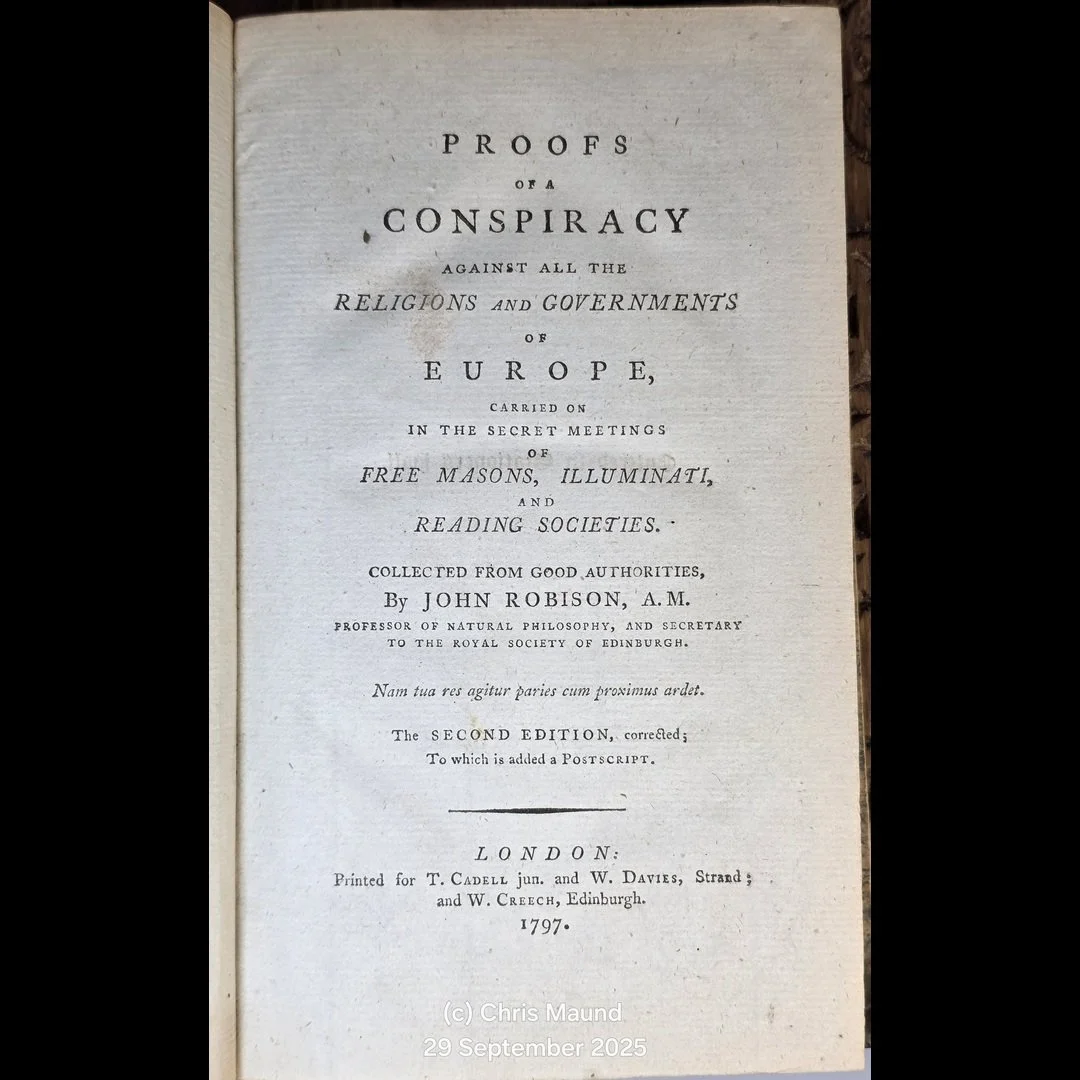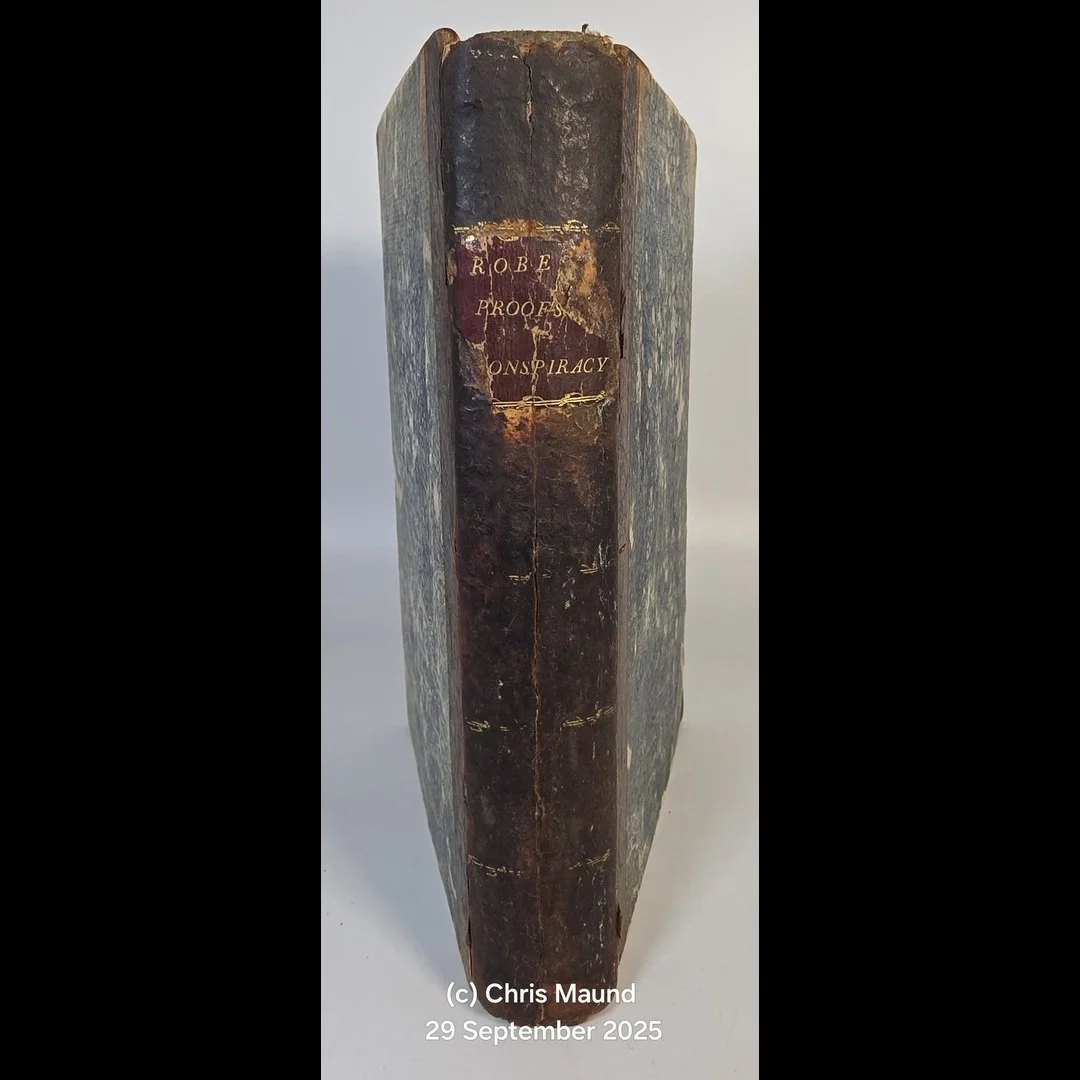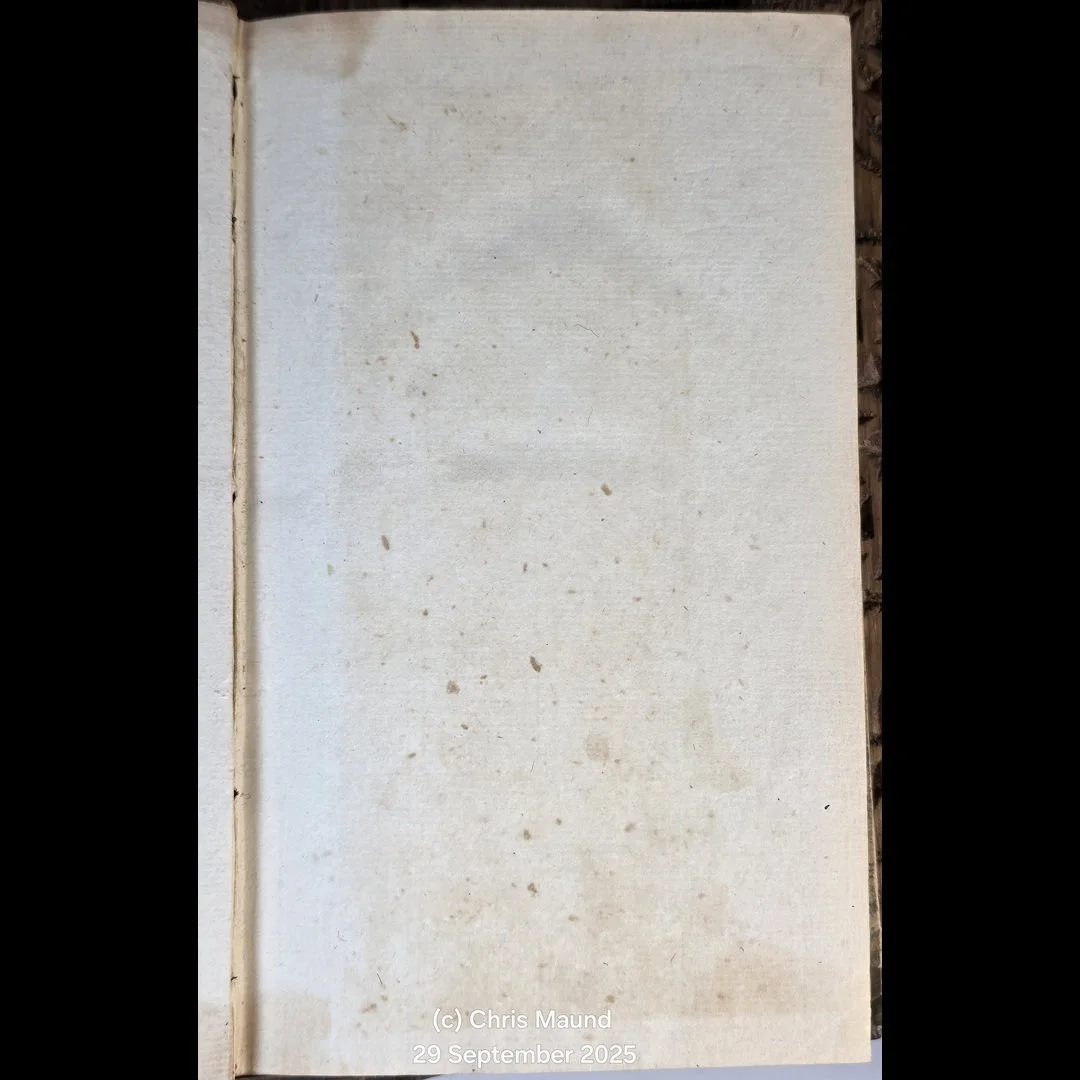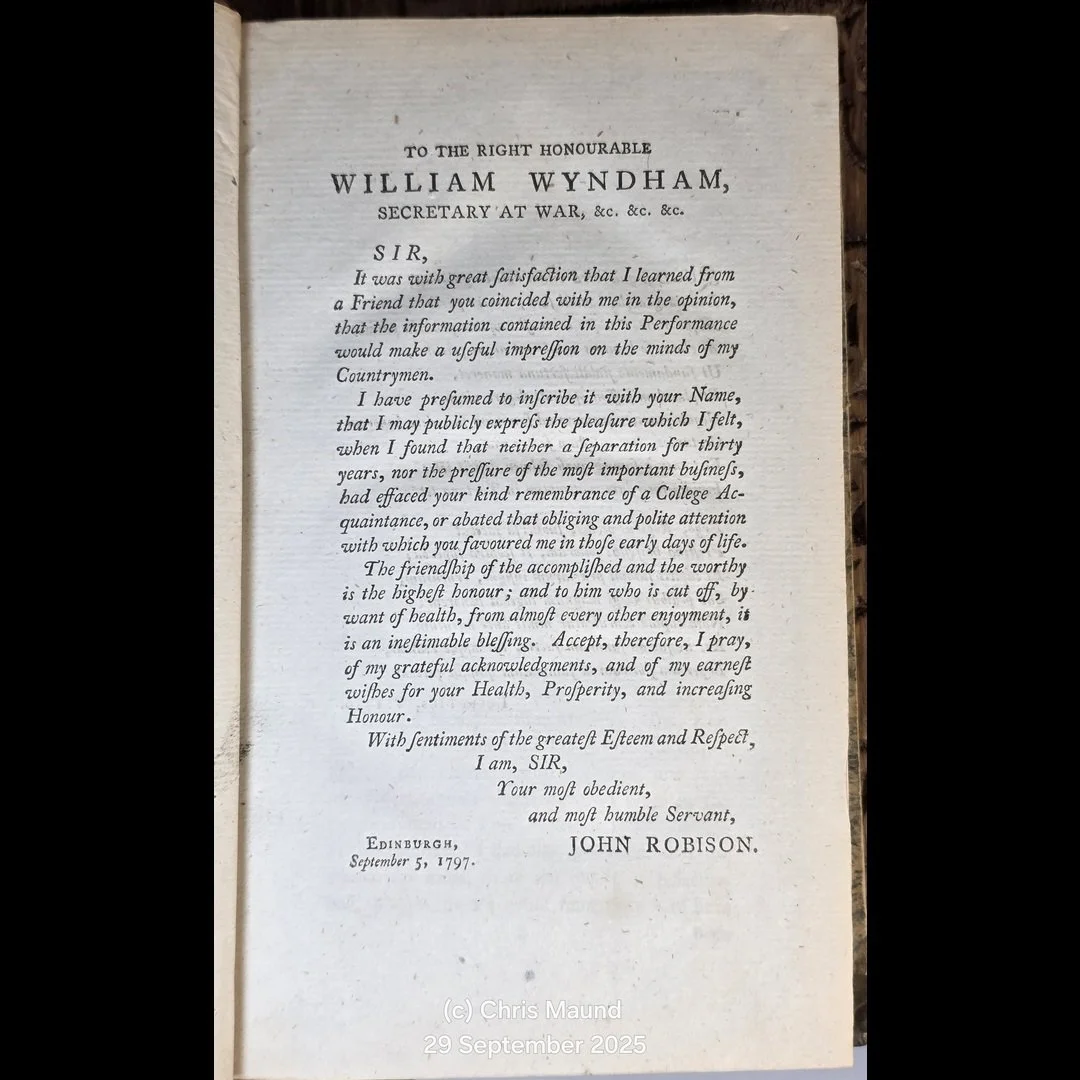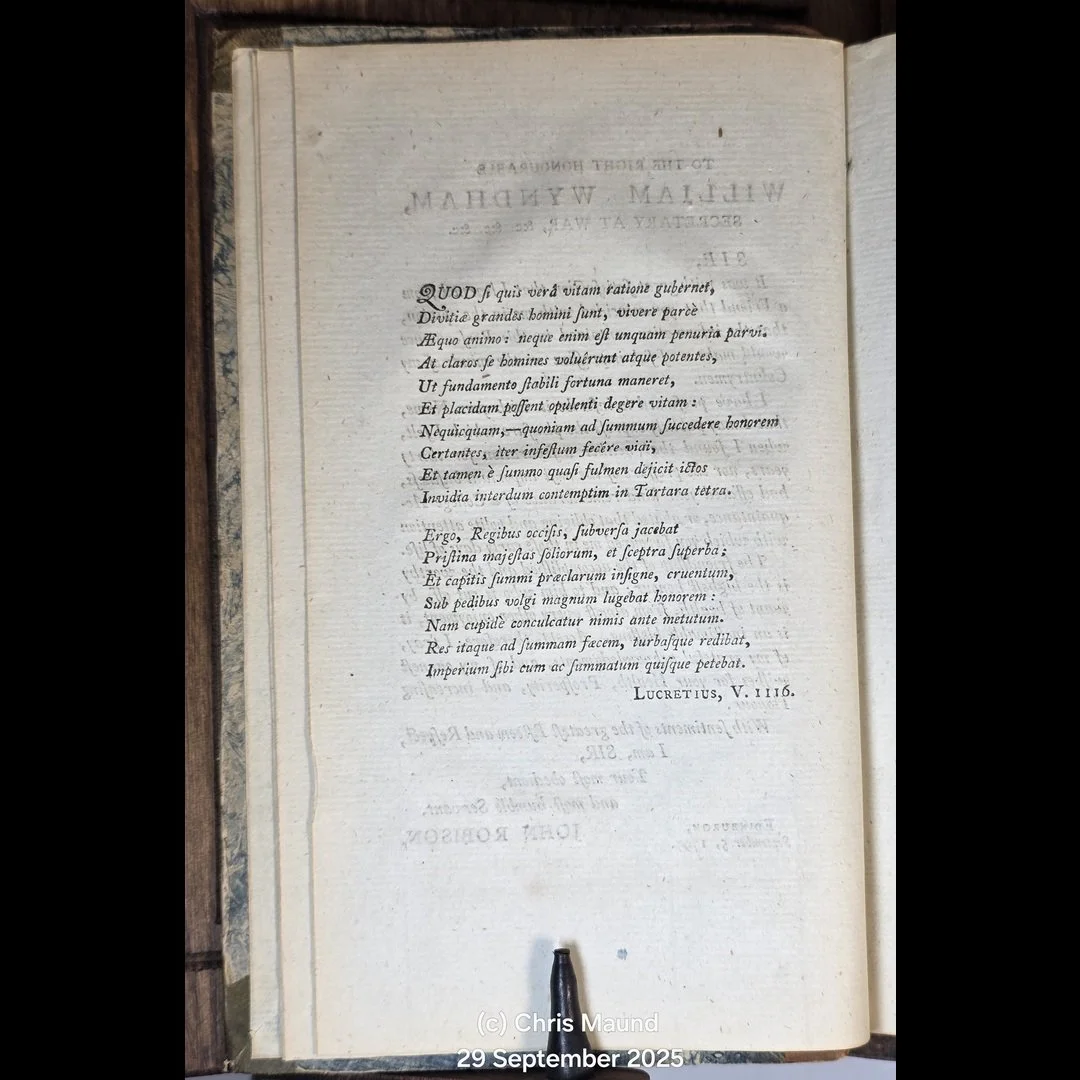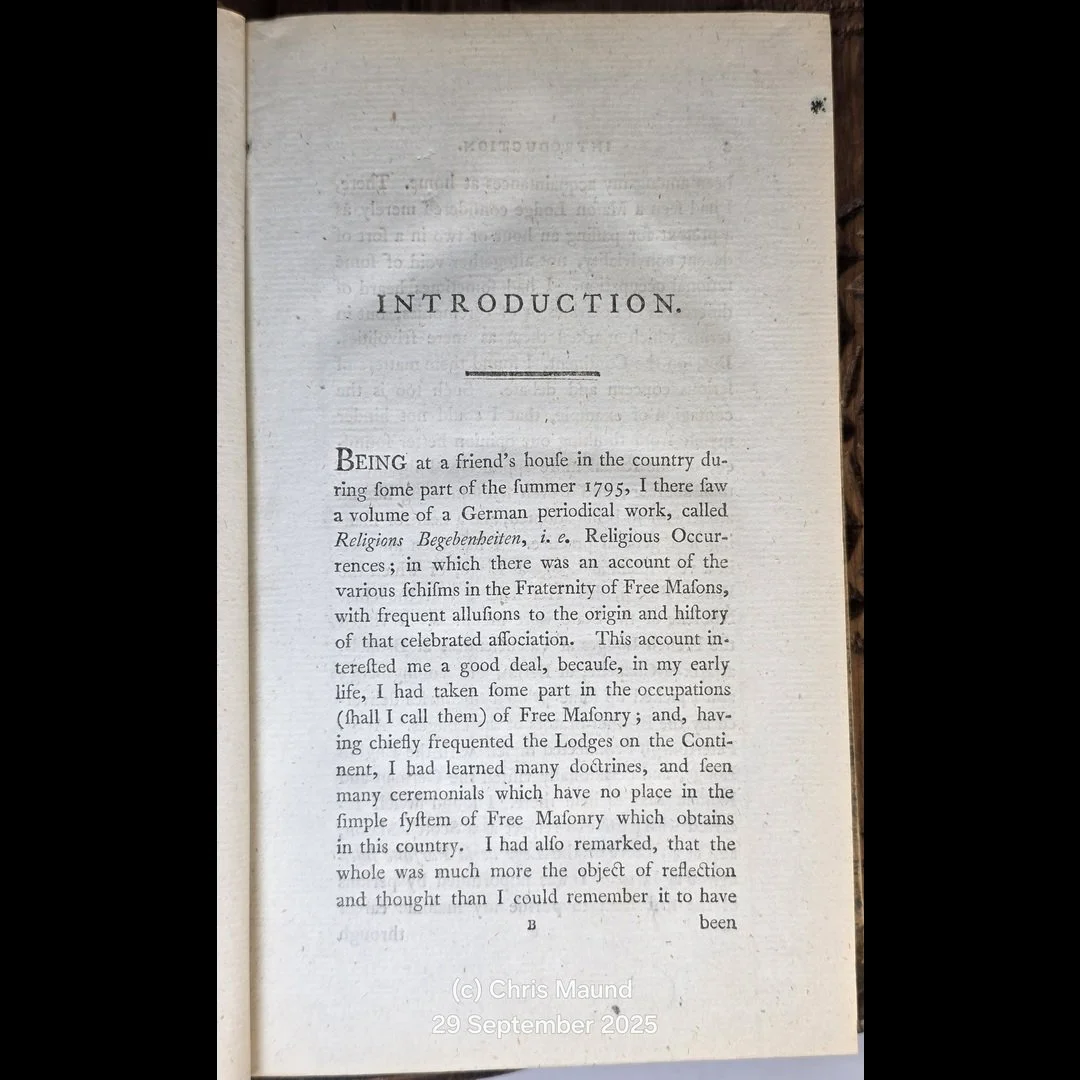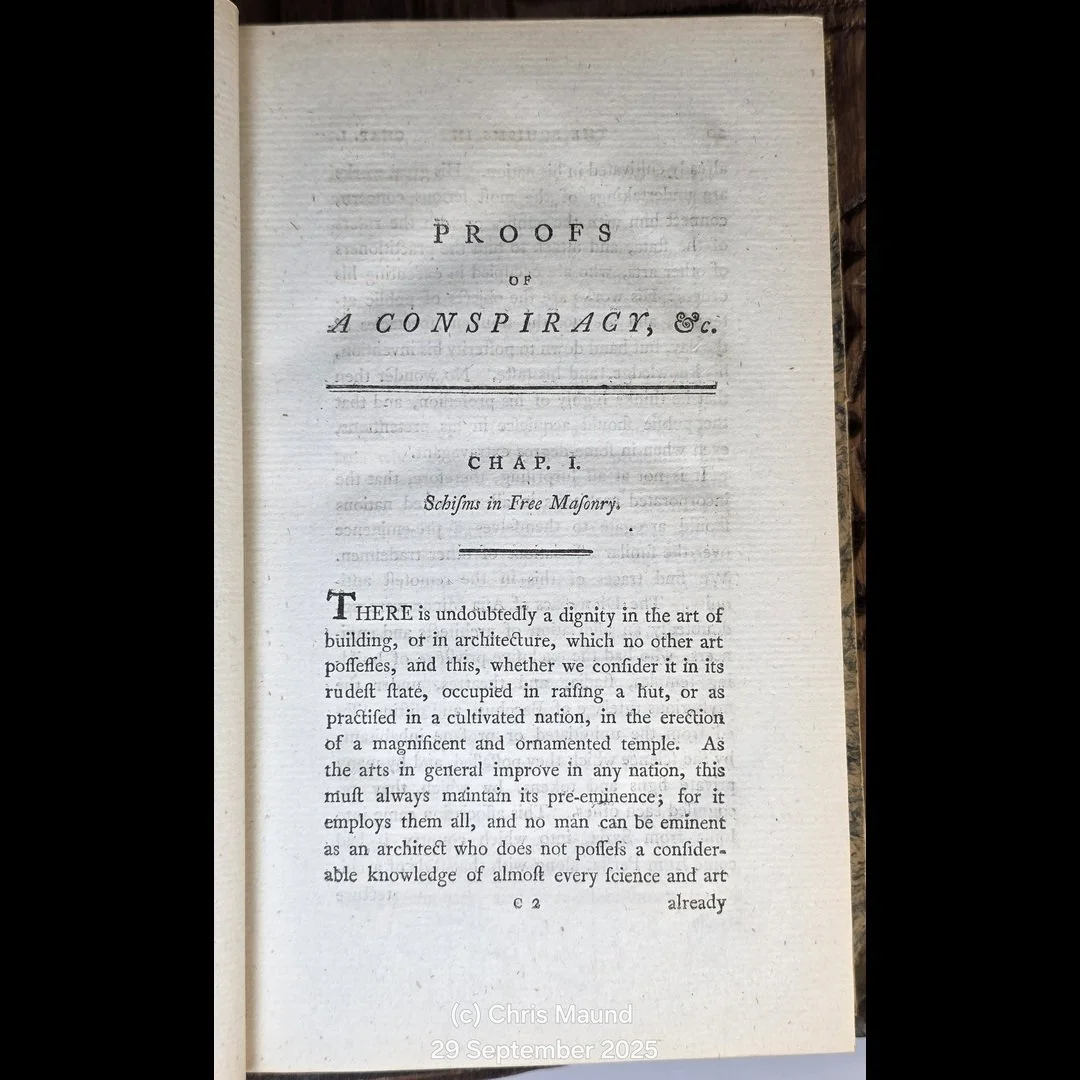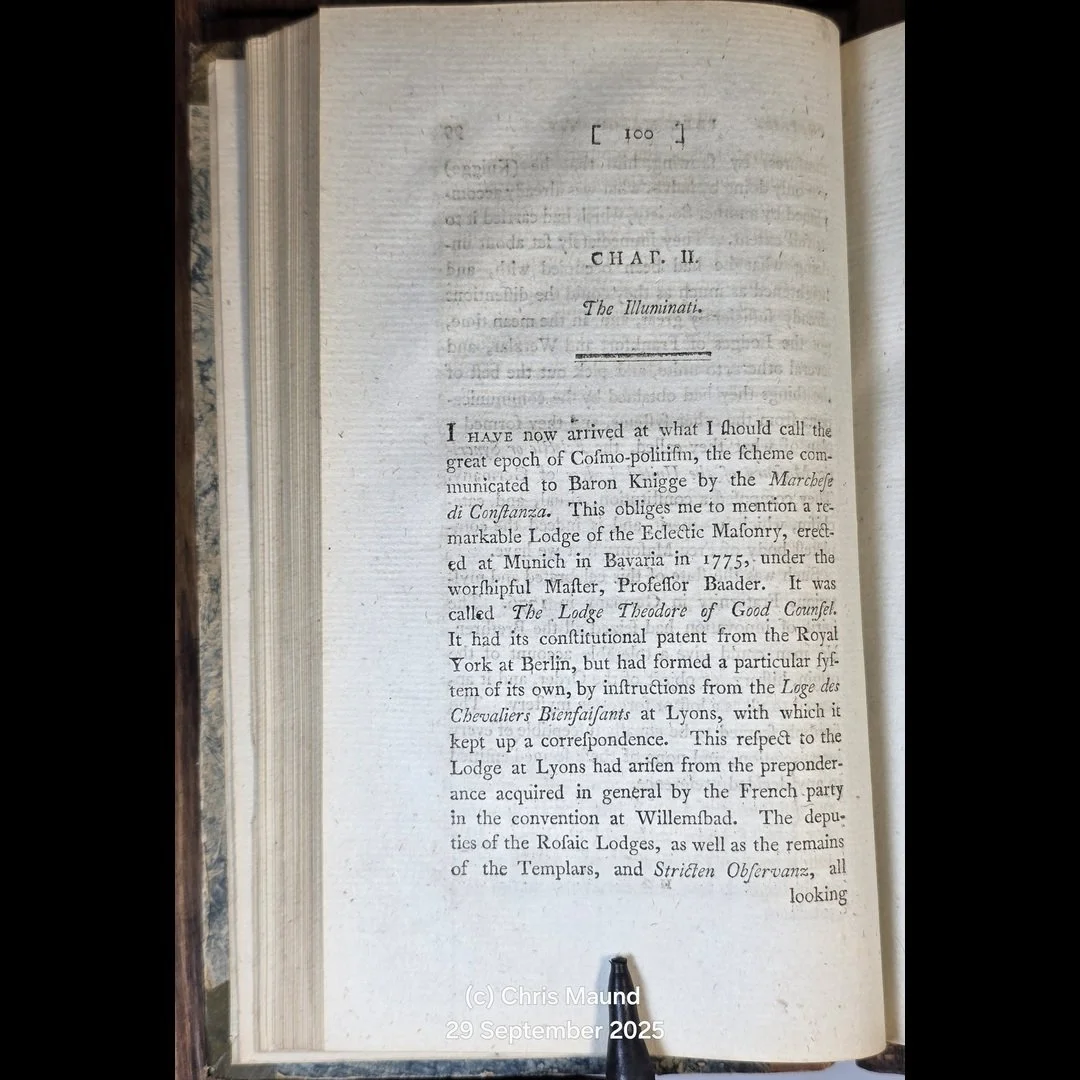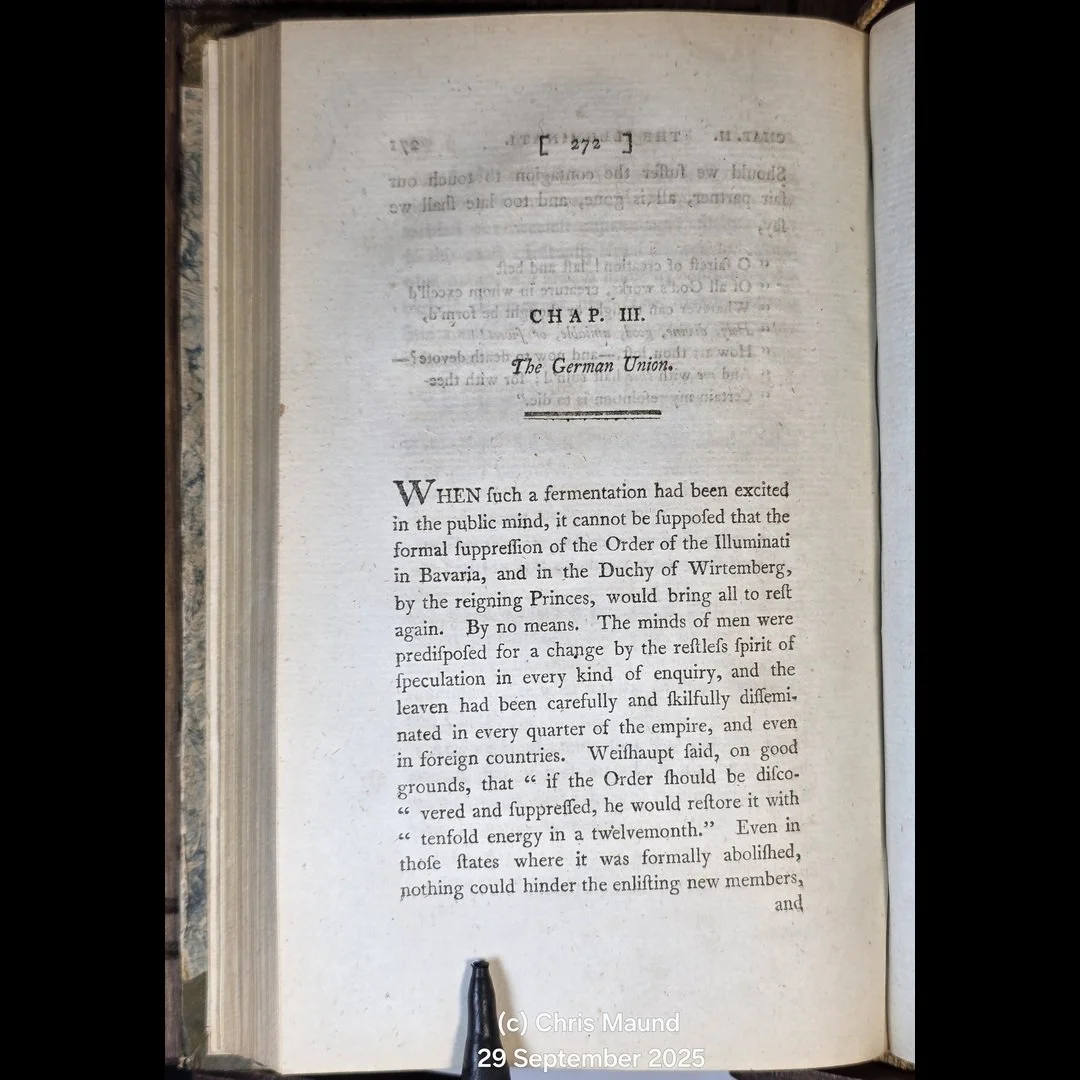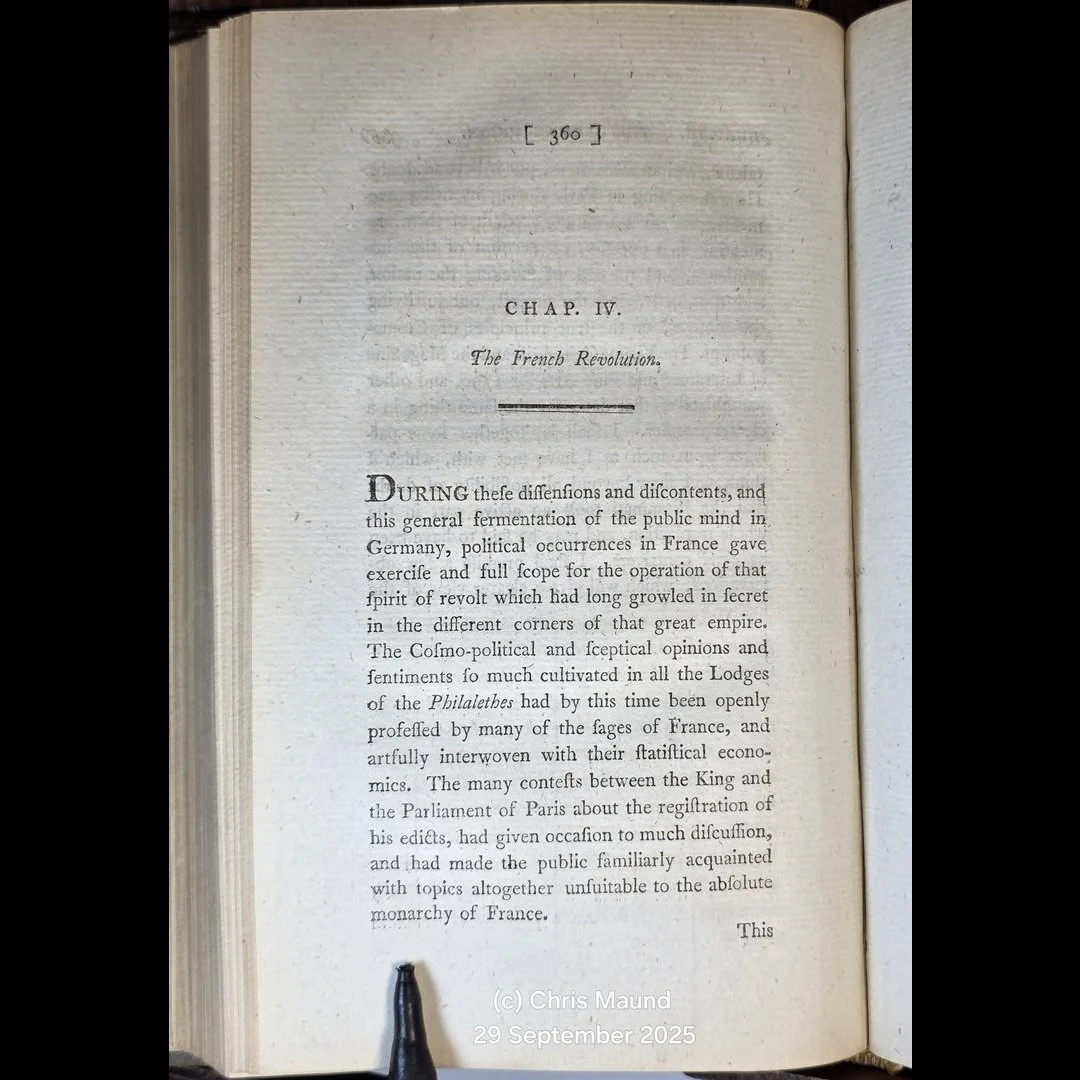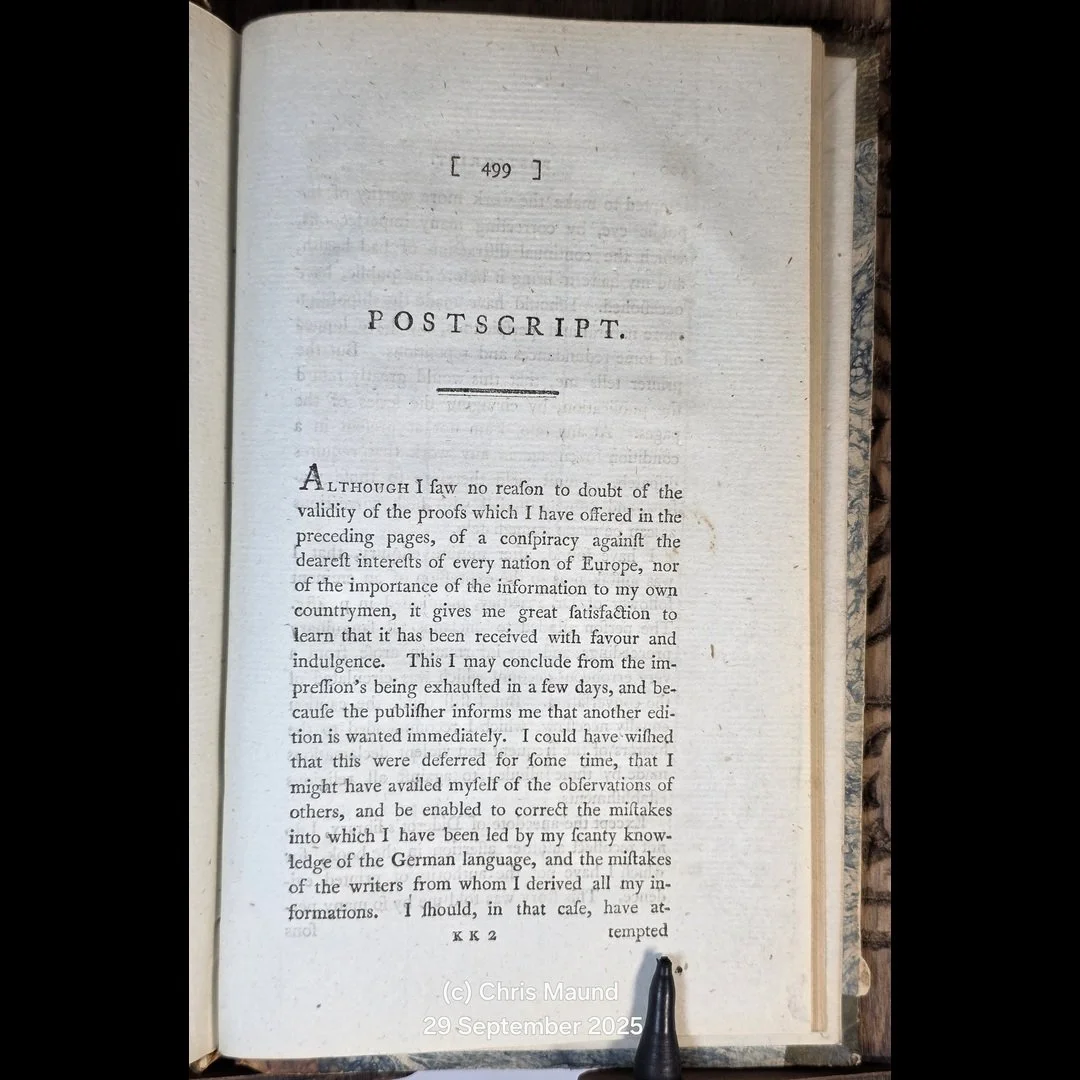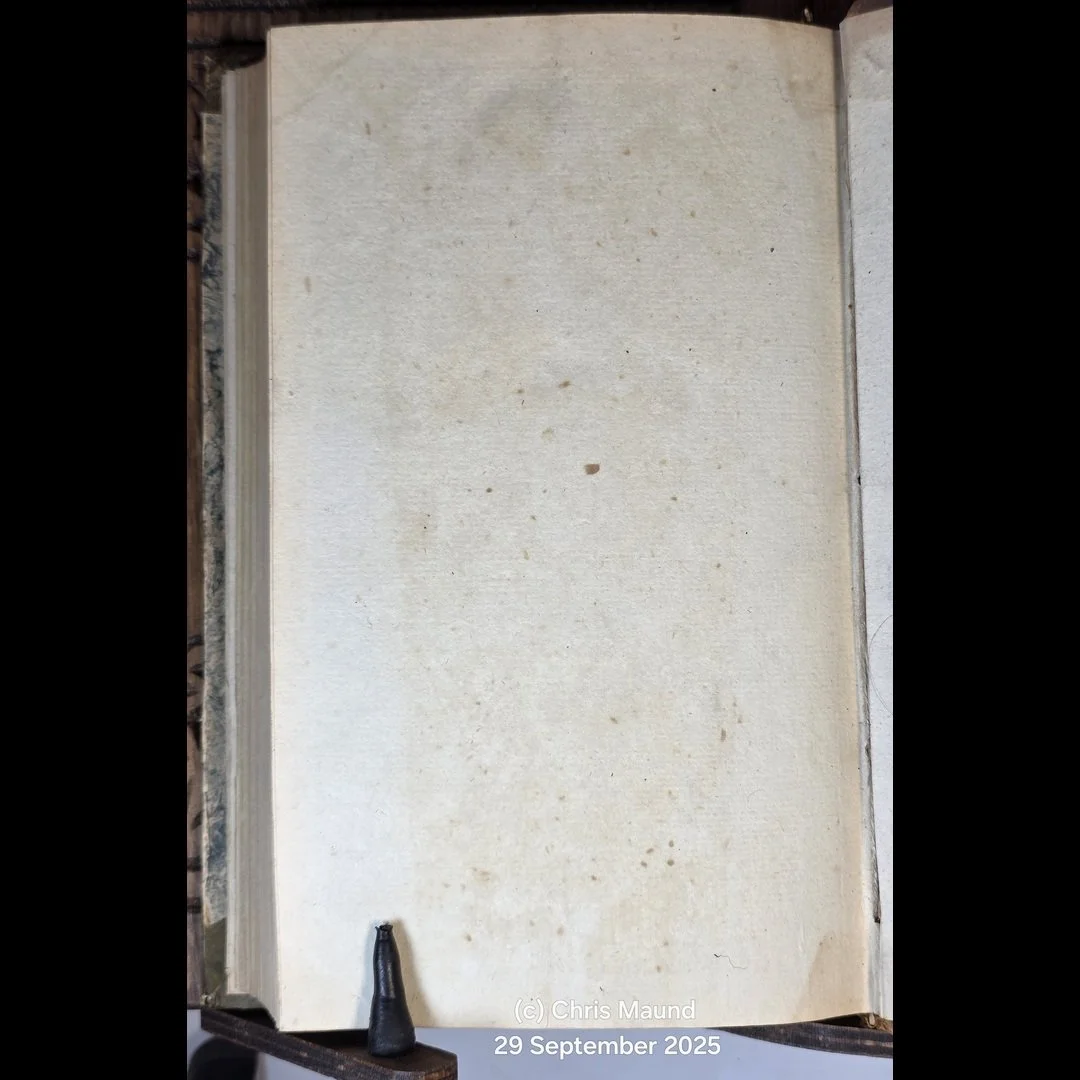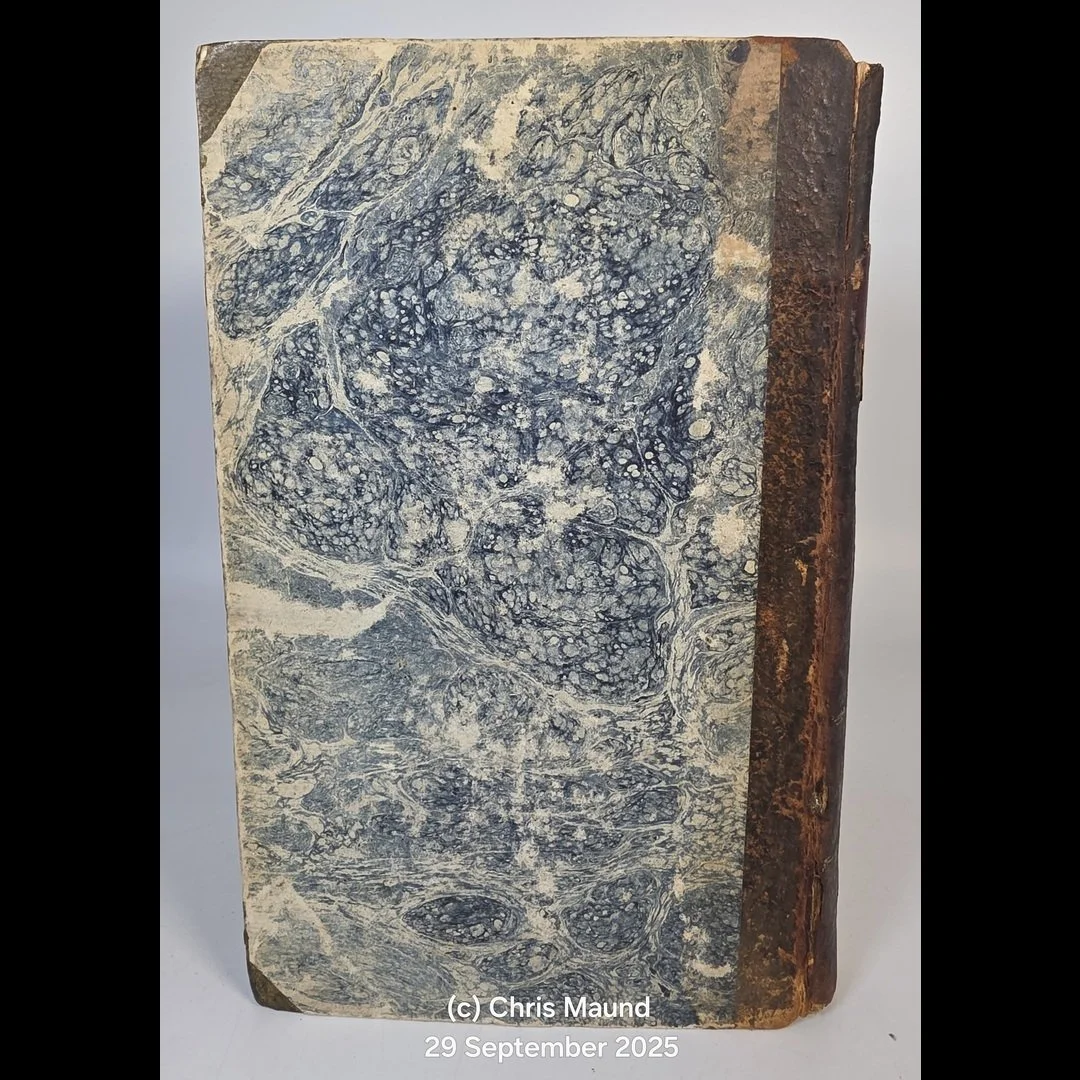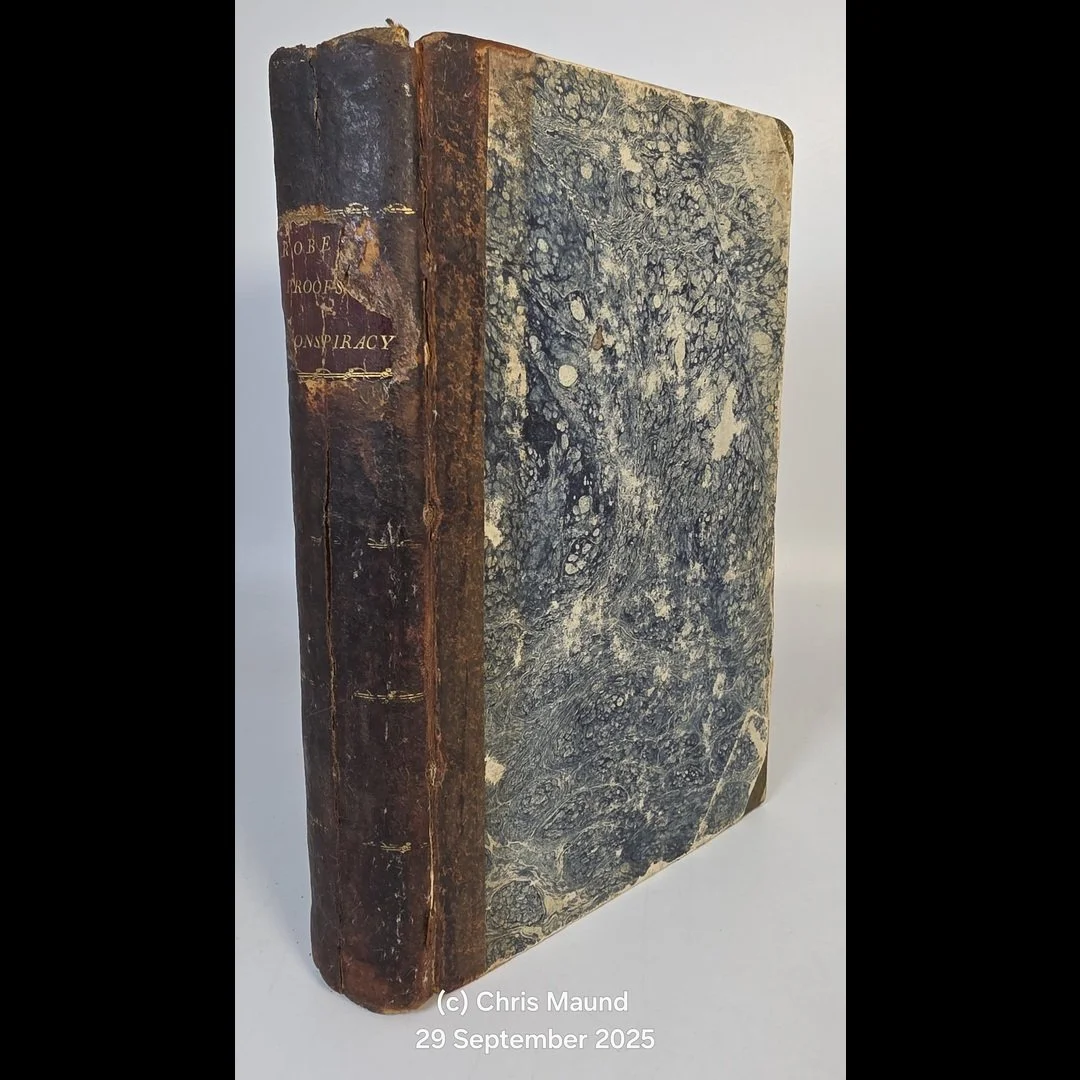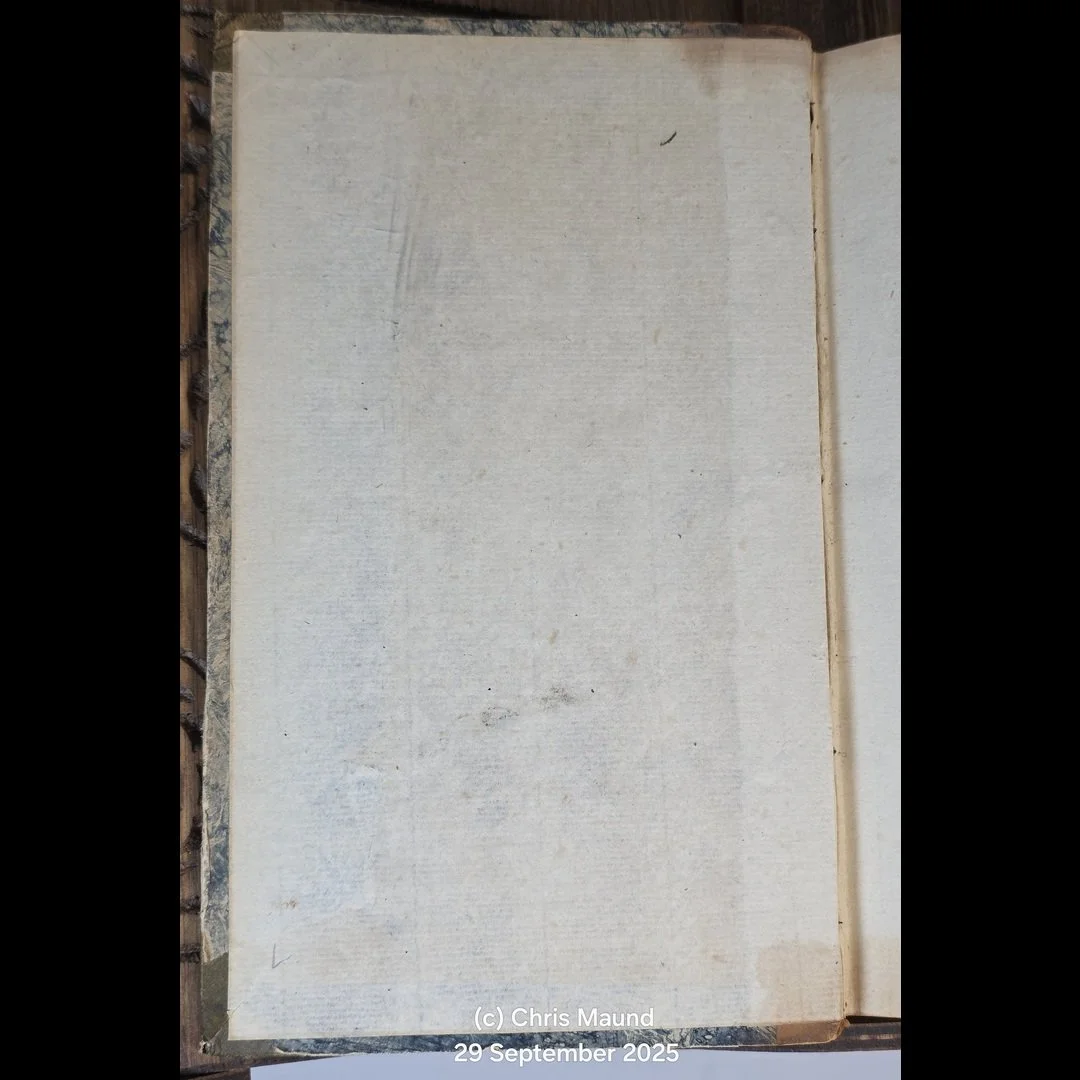 Image 1 of 15
Image 1 of 15

 Image 2 of 15
Image 2 of 15

 Image 3 of 15
Image 3 of 15

 Image 4 of 15
Image 4 of 15

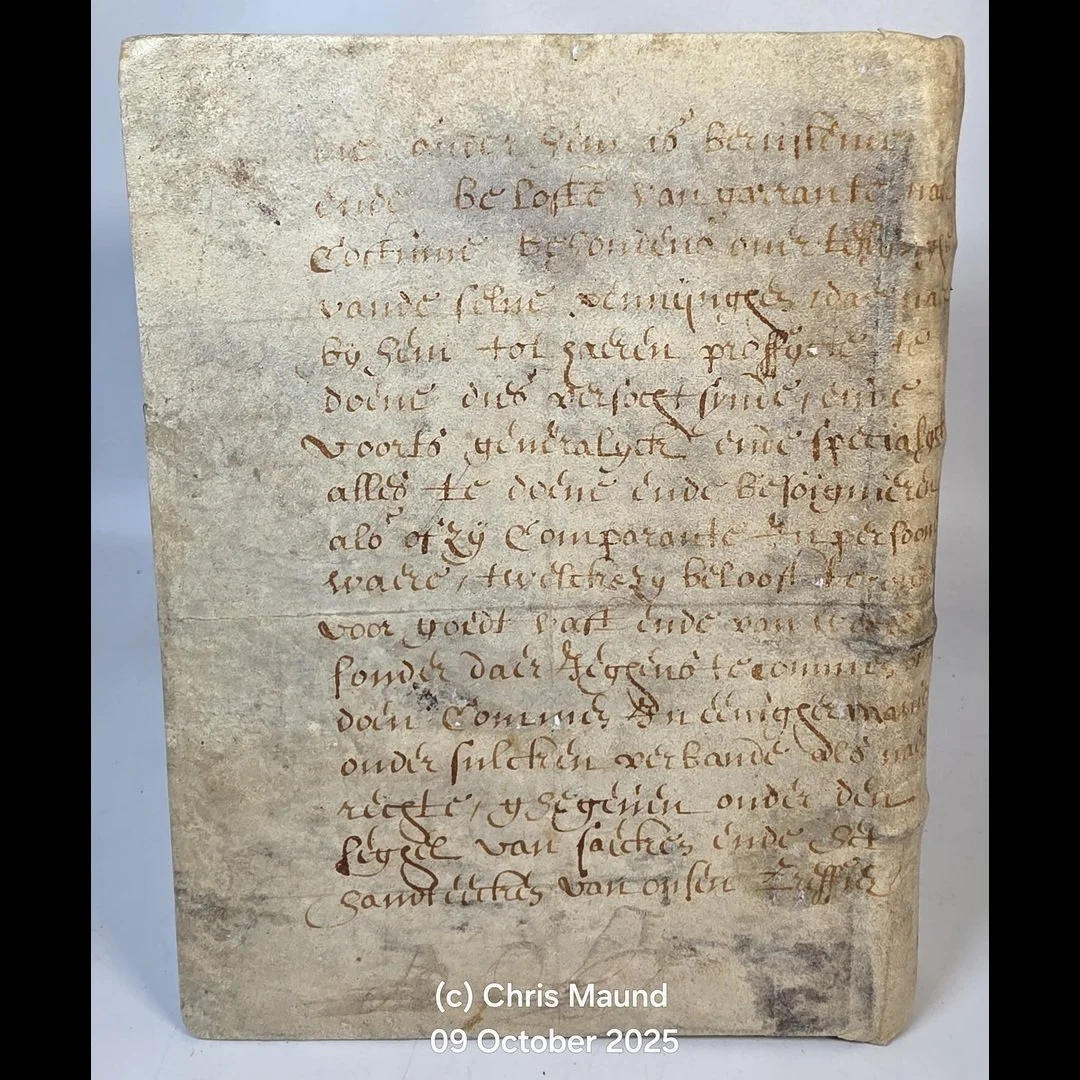 Image 5 of 15
Image 5 of 15

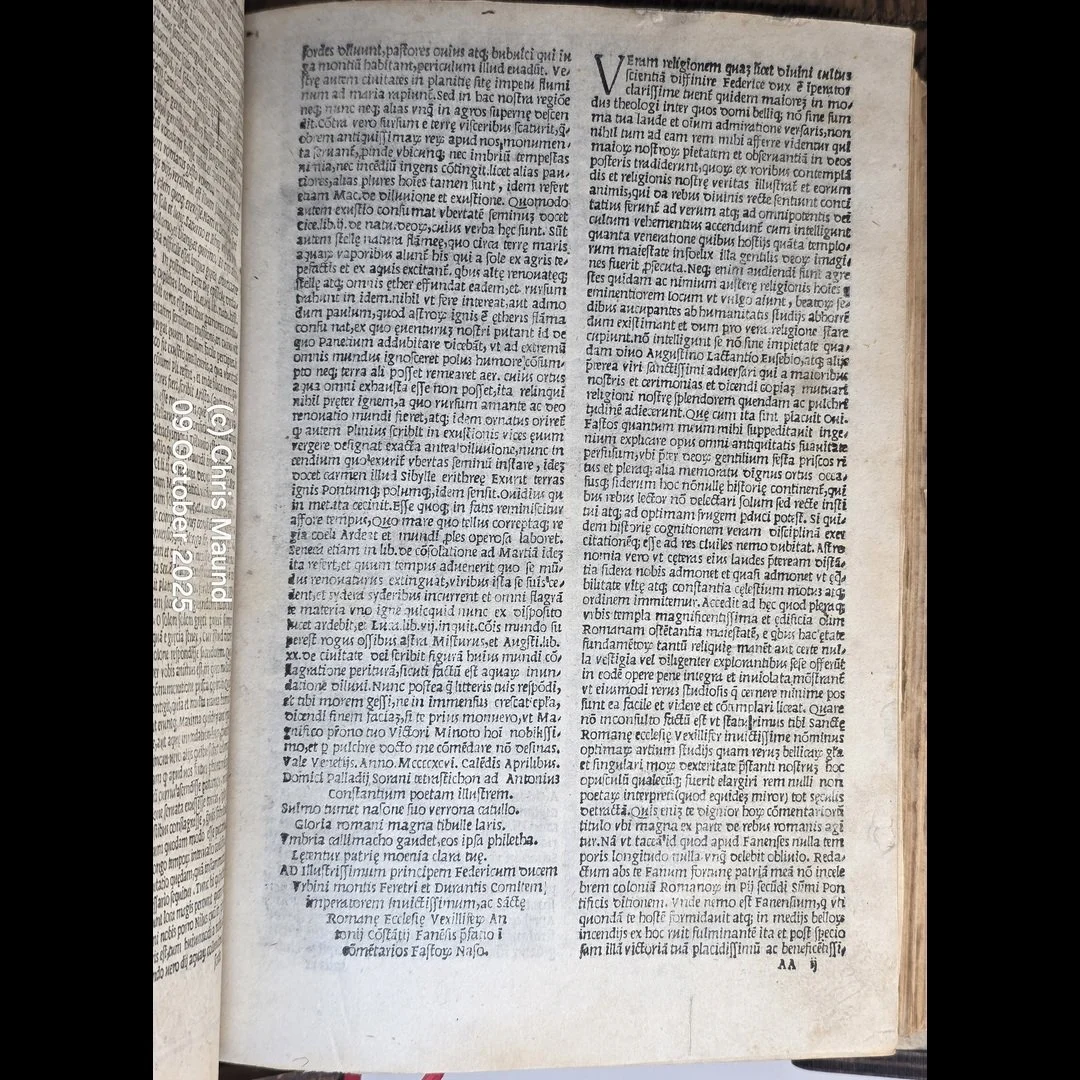 Image 6 of 15
Image 6 of 15

 Image 7 of 15
Image 7 of 15

 Image 8 of 15
Image 8 of 15

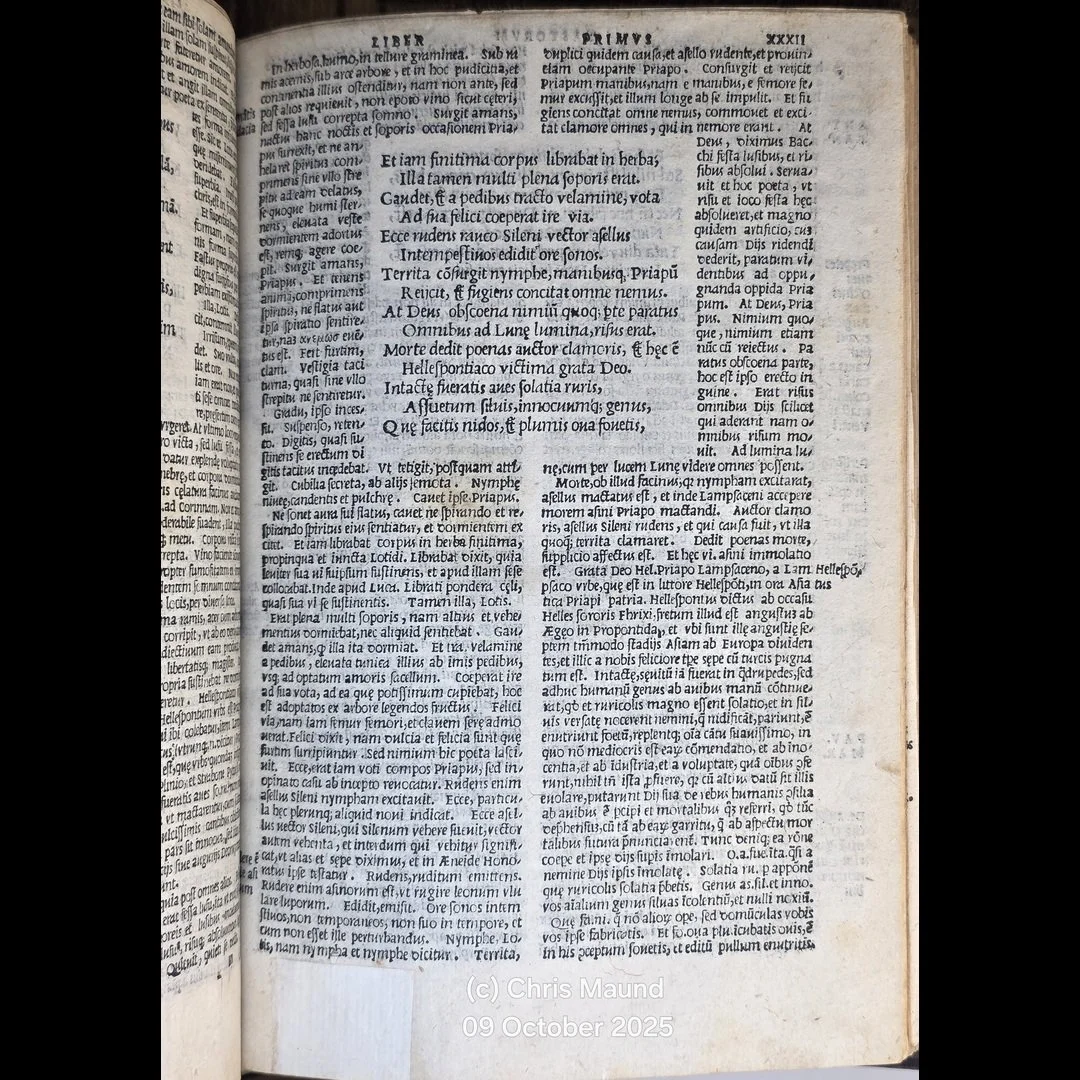 Image 9 of 15
Image 9 of 15

 Image 10 of 15
Image 10 of 15

 Image 11 of 15
Image 11 of 15

 Image 12 of 15
Image 12 of 15

 Image 13 of 15
Image 13 of 15

 Image 14 of 15
Image 14 of 15

 Image 15 of 15
Image 15 of 15
















1527 1st Edtn (Thus)/1st Prnt P. OVIDII NASONIS FASTORUM LIBRI By Ovidio (Ovidius Naso Publius)/Antonio Constantio Fanensi/Paulus Marsus Piscinate Very Good Poetry
1527 1st Edition (Thus) 1st Printing,
P. OVIDII NASONIS FASTORUM LIBRI
diligenti emendatione. Typis impressi aptissimisque figuris ornati, commentatoriis Antonii Constanti Fanensis et Pauli Marsi Piscinatis virorum clarissimorum, cum additis quibusdam versibus qui deerant in aliis codicibus
By Ovidio (Ovidius Naso Publius)/Antonio Constantio Fanensi/Paulus Marsus Piscinate
Publius Ovidius Naso (Ovid) (43 BCE – c. 17/18 CE) Ovid was one of the three great poets of Augustan Rome, alongside Virgil and Horace. Antonio Constantio Fanensi (Antonius Constantius Fanensis) (fl. late 15th–early 16th century) An Italian humanist and commentator, probably from Fano in the Marche region (hence Fanensis), Antonio Constantius was active in the late 15th century as a teacher of rhetoric and classical literature. He is best known for his commentaries on Ovid’s Fasti and on other Latin poets, which circulated in print through the early 1500s. His work reflects the Renaissance humanist approach to classical mythology, emphasizing philology, moral interpretation, and the recovery of ancient religious practices. Paulus Marsus Piscinate (Paolo Marsi da Pescina) (1440–1484) Paolo Marsi, Latinized as Paulus Marsus, was an Italian poet, scholar, and commentator born in Pescina in the Abruzzi. A member of the Roman Academy founded by Pomponio Leto, he was deeply involved in the revival of Roman antiquity and pagan literature during the early Italian Renaissance. Marsus produced commentaries on Ovid (Fasti, Metamorphoses), Cicero, and other classical authors, combining humanist erudition with an antiquarian interest in ancient religion and custom. He was admired for his elegant Latin and insight into mythological symbolism. His untimely death in 1484 curtailed a promising career, but his Ovidian commentaries continued to be printed and used well into the 16th century, often alongside those of Antonio Constantius.
Illustrated By: Anon
A fine woodcut title border and small illustrative vignettes of mythological subjects at the openings of the books, after Venetian designs attributed to the circle of Benedetto Bordon. Woodcuts printed from blocks previously used or copied for Venetian Ovid editions; typical of the Paganino press.
Format: Vellum,
Language: latin
Dust Jacket: No Jacket, Dust Jacket Condition: No Jacket
Published By: Alexander (Alessandro) Paganinus, Toscolano, Italy
quarto (4to 9+1⁄2 × 12 241 × 305),Pages 136
ISBN:
P. Ovidii Nasonis Fastorum libri (Ovid’s Fasti). With commentaries by: Antonio Constantio Fanensi and Paulus Marsus Piscinate (noted humanists whose notes commonly accompany 16th-c. school/reader’s editions).
Ovid’s unfinished elegiac poem in six books that follows the Roman religious calendar (Jan–Jun), explaining festivals, rites, and myths behind each date. A rare blend of myth, antiquarian lore, and civic religion; a key source on Roman cult practice.
Written near the time of Ovid’s exile, it carries an undertone of nostalgia for Rome’s rituals. Humanist school edition with the influential commentaries of Antonio Constantius Fanensis and Paolo Marsus (Paulus Marsus) da Pescina, clarifying language, myths, and ceremonies. Made for students and learned readers of Latin poetry and Roman antiquities; reflects the Renaissance humanist push to read classical texts with scholarly apparatus.
An important illustrated Renaissance edition of Ovid’s Fasti with the influential humanist commentaries of Antonio Constantius Fanensis and Paulus Marsus, issued by the celebrated Paganino press of Toscolano in 1527. The volume’s vellum binding, fashioned from a Bruges legal document, provides a rare and appealing link between Italian humanist printing and Netherlandish manuscript culture.
SKU: BTETM0002664
Approximate Package Dimensions H: 12.5, L: 30, W: 25 (Units: cm), W: 2Kg
1527 1st Edition (Thus) 1st Printing,
P. OVIDII NASONIS FASTORUM LIBRI
diligenti emendatione. Typis impressi aptissimisque figuris ornati, commentatoriis Antonii Constanti Fanensis et Pauli Marsi Piscinatis virorum clarissimorum, cum additis quibusdam versibus qui deerant in aliis codicibus
By Ovidio (Ovidius Naso Publius)/Antonio Constantio Fanensi/Paulus Marsus Piscinate
Publius Ovidius Naso (Ovid) (43 BCE – c. 17/18 CE) Ovid was one of the three great poets of Augustan Rome, alongside Virgil and Horace. Antonio Constantio Fanensi (Antonius Constantius Fanensis) (fl. late 15th–early 16th century) An Italian humanist and commentator, probably from Fano in the Marche region (hence Fanensis), Antonio Constantius was active in the late 15th century as a teacher of rhetoric and classical literature. He is best known for his commentaries on Ovid’s Fasti and on other Latin poets, which circulated in print through the early 1500s. His work reflects the Renaissance humanist approach to classical mythology, emphasizing philology, moral interpretation, and the recovery of ancient religious practices. Paulus Marsus Piscinate (Paolo Marsi da Pescina) (1440–1484) Paolo Marsi, Latinized as Paulus Marsus, was an Italian poet, scholar, and commentator born in Pescina in the Abruzzi. A member of the Roman Academy founded by Pomponio Leto, he was deeply involved in the revival of Roman antiquity and pagan literature during the early Italian Renaissance. Marsus produced commentaries on Ovid (Fasti, Metamorphoses), Cicero, and other classical authors, combining humanist erudition with an antiquarian interest in ancient religion and custom. He was admired for his elegant Latin and insight into mythological symbolism. His untimely death in 1484 curtailed a promising career, but his Ovidian commentaries continued to be printed and used well into the 16th century, often alongside those of Antonio Constantius.
Illustrated By: Anon
A fine woodcut title border and small illustrative vignettes of mythological subjects at the openings of the books, after Venetian designs attributed to the circle of Benedetto Bordon. Woodcuts printed from blocks previously used or copied for Venetian Ovid editions; typical of the Paganino press.
Format: Vellum,
Language: latin
Dust Jacket: No Jacket, Dust Jacket Condition: No Jacket
Published By: Alexander (Alessandro) Paganinus, Toscolano, Italy
quarto (4to 9+1⁄2 × 12 241 × 305),Pages 136
ISBN:
P. Ovidii Nasonis Fastorum libri (Ovid’s Fasti). With commentaries by: Antonio Constantio Fanensi and Paulus Marsus Piscinate (noted humanists whose notes commonly accompany 16th-c. school/reader’s editions).
Ovid’s unfinished elegiac poem in six books that follows the Roman religious calendar (Jan–Jun), explaining festivals, rites, and myths behind each date. A rare blend of myth, antiquarian lore, and civic religion; a key source on Roman cult practice.
Written near the time of Ovid’s exile, it carries an undertone of nostalgia for Rome’s rituals. Humanist school edition with the influential commentaries of Antonio Constantius Fanensis and Paolo Marsus (Paulus Marsus) da Pescina, clarifying language, myths, and ceremonies. Made for students and learned readers of Latin poetry and Roman antiquities; reflects the Renaissance humanist push to read classical texts with scholarly apparatus.
An important illustrated Renaissance edition of Ovid’s Fasti with the influential humanist commentaries of Antonio Constantius Fanensis and Paulus Marsus, issued by the celebrated Paganino press of Toscolano in 1527. The volume’s vellum binding, fashioned from a Bruges legal document, provides a rare and appealing link between Italian humanist printing and Netherlandish manuscript culture.
SKU: BTETM0002664
Approximate Package Dimensions H: 12.5, L: 30, W: 25 (Units: cm), W: 2Kg
4to (c. 210 × 150 mm). Text in two columns, Roman type with commentary in smaller type. Woodcut title-page border of interlaced strapwork; woodcut vignettes illustrating the openings of individual books of the Fasti. Printed shoulder notes and commentary surrounding the text of Ovid. Final leaf with colophon and register. Head- and tail-pieces; initial letters woodcut and ornamented.Handsome woodcut border title, small woodcut vignettes at the openings of Books. The binding is reused 16th Centuary financial or notaria intrument from Bruges vellum (manuscript waste) written in a Netherlandish hand (Middle Dutch / Flemish, early-modern cursive), a recycled legal document.



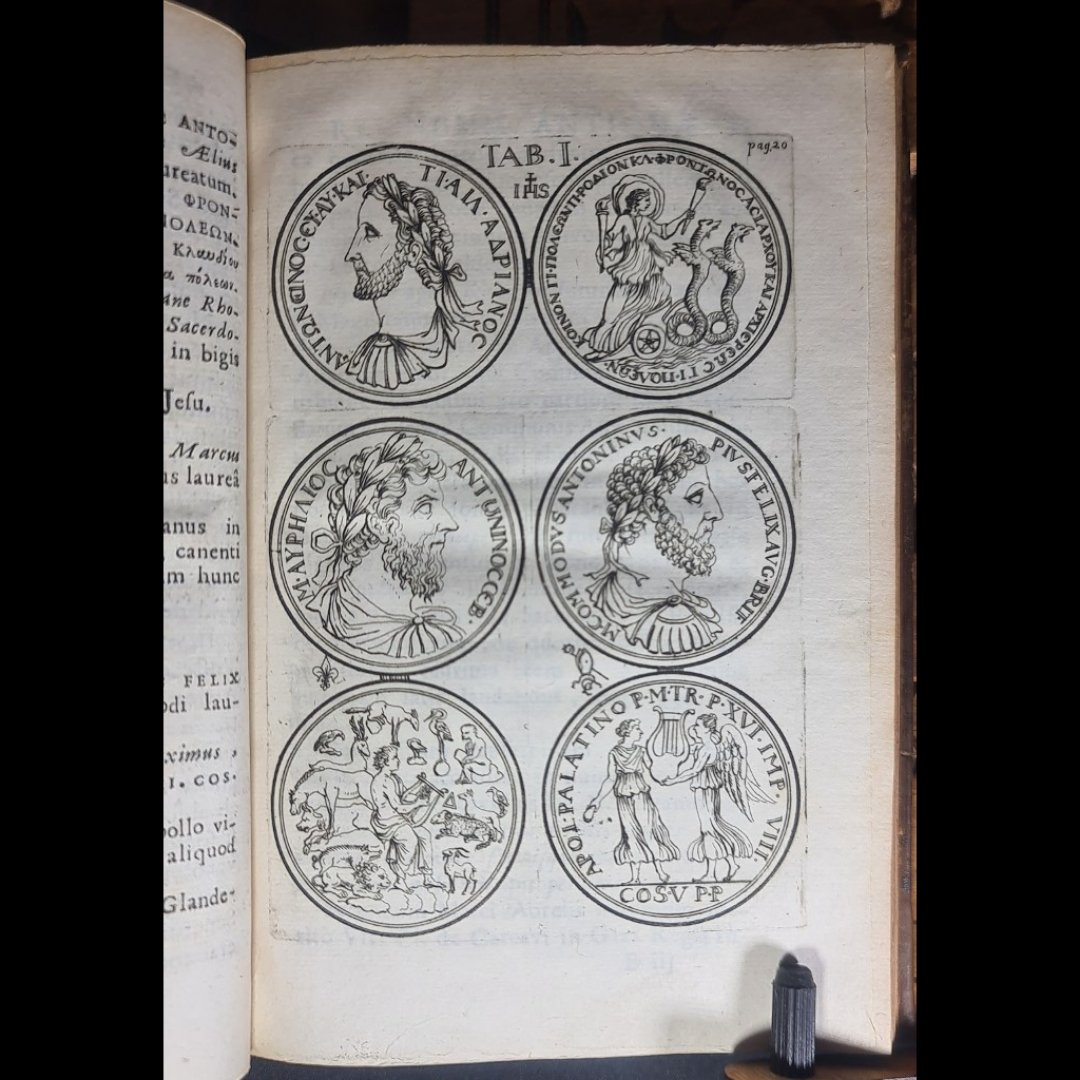








![1749 SAPIENTIA VULGATAE EDITIONIS VERSIONE BELGICA & ECCLESIASTICUS VULGATAE EDITIONIS VERSIONE BELGICA By F. Wilhelmo Smits [The Book of Wisdom or The Book of Solomon]]](https://images.squarespace-cdn.com/content/v1/634dab4938c13d5c1f88d382/1704146447509-PRGBDOQLL1M8HOCO99S9/20240101_211606-37.jpg)




































